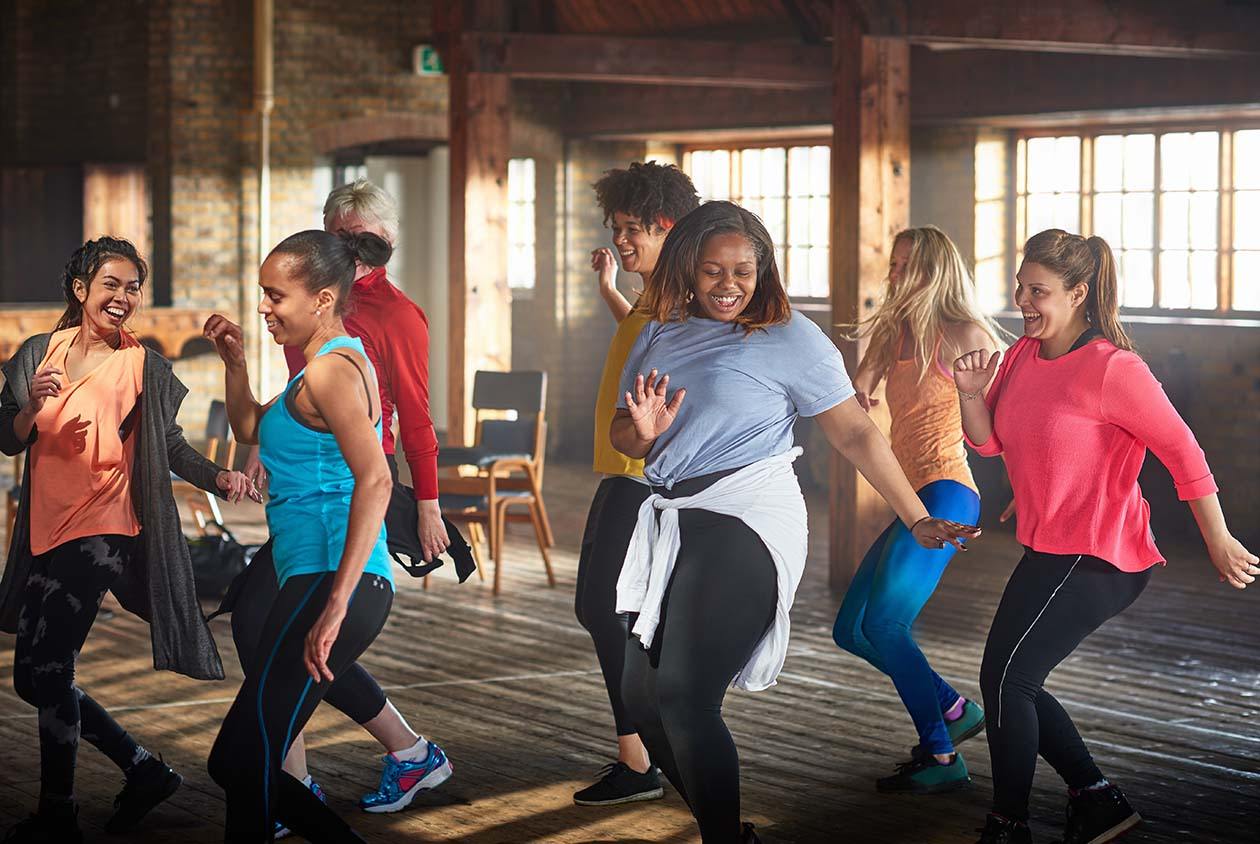Here’s Why Cardiologists Prescribe Exercise

Photo credit: Getty Images
For the first time in 10 years, the American Heart Association and the U.S. Department of Health and Human Services (HHS) have released new guidelines on exercise, urging everyone to move more and sit less.
As Beth Israel Deaconess Medical Center (BIDMC) cardiologist Jeremy Robbins, MD, explains, exercise is often one of the first “treatments” that cardiologists prescribe to their patients.
“Exercise has been described as being like a ‘super pill’ because it delivers so many health benefits,” says Robbins, who also conducts research to better understand the impact of exercise to heart health. “Regular exercise makes the heart more efficient at pumping and receiving blood, lowers blood pressure, and improves blood flow to coronary arteries. It also improves cholesterol measures.”
The newly updated guidelines recommend that most people undertake two to five hours of moderate-intensity activity (brisk walking, heavy household cleaning, doubles tennis) each week. “We know that more vigorous intensity exercise leads to bigger gains in cardiovascular or physical fitness, but we’re less clear on the effects of different exercise intensities on specific conditions, such as coronary artery disease, congestive heart failure, and atrial fibrillation. In all cases, the biggest health benefits have been found among people who go from being sedentary, or inactive, to adding even a small amount of exercise into their daily lives.”
Why it’s important to stay active
An overwhelming amount of research shows that people who are inactive and have poor cardiovascular fitness have a substantially higher risk for developing cardiovascular diseases compared with people who are active and have even modestly higher fitness levels. Robbins says this is true of all age groups, both men and women, and people with various medical conditions.
“My philosophy is to try to prescribe an exercise program that is appropriate and achievable for each individual,” says Robbins. “It cannot be overstated that the shift from no physical activity to even small amounts of physical activity can lead to enormous health benefits. So for the inactive patient, I suggest an easy entry into regular exercise, such as a short daily walk or taking 5,000 steps a day. For people who are already physically fit, I encourage them to keep building on their exercise program because, as far as we know, there’s no ‘cap’ on the health benefits of exercise.”
What research is revealing
Robbins also conducts research to better understand how exercise helps the heart. “We are measuring thousands of molecules that circulate in the blood before and after exercise,” he says. Through these analyses, Robbins hopes to identify specific chemicals, or “biomarkers,” that are involved in exercise-induced health benefits. “These biomarkers could help us predict exactly how each person responds to any given type of exercise, so that one day, we could develop specially tailored exercise prescriptions for individuals and for specific health concerns,” he says.
For more information, visit bidmc.org.
This is a paid partnership between Beth Israel Deaconess Medical Center and Boston Magazine


